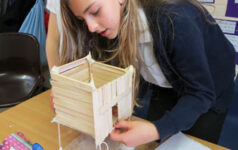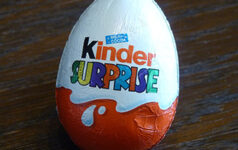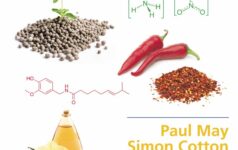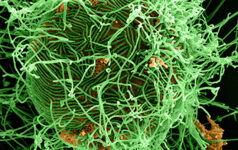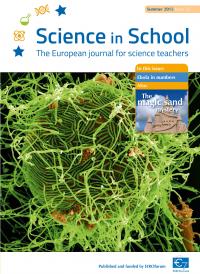
Articles
Showing 10 results from a total of 13
Imagine living with the danger that your home could be flooded at any time. This challenge will enable pupils aged 7–14 to discover the impact that flooding has on people’s lives, and how science and technology can mitigate its effects and help find potential solutions.
These simple physics experiments add an extra surprise to your Kinder Surprise chocolate eggs.
In this experiment, simple liquids that mimic blood are used to demonstrate blood typing.
Science in School is published by EIROforum a collaboration between eight of Europe’s largest inter-governmental scientific research organisations (EIROs). This article reviews some of the latest news from EIROs.
Using an everyday toy can introduce mystery into the classroom and help explain chemistry.
Adapting the steps of the scientific method can help students write about science in a vivid and creative way.
Molecules are everywhere, both inside us and out, but they are more than just common. The ones you will find in Molecules that Amaze Us are incredible.
The Rosetta mission’s comet landing leads to amazing and unexpected destinations in the field of science communication.
Discovering how infectious diseases spread may seem purely a matter for medical science – but taking a close look at the numbers can also tell us a great deal.

Beat the Flood
Kinder eggs and physics?
Investigating blood types
Pixels, pictures and powering up
The magic sand mystery
Once upon a time there was a pterodactyl…
Molecules that Amaze Us, by Paul May and Simon Cotton
Out of the darkness: tweeting from space
Ebola in numbers: using mathematics to tackle epidemics







